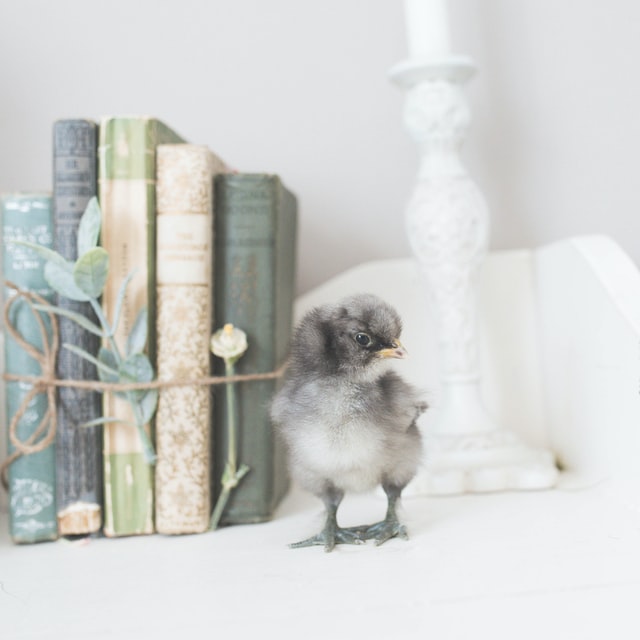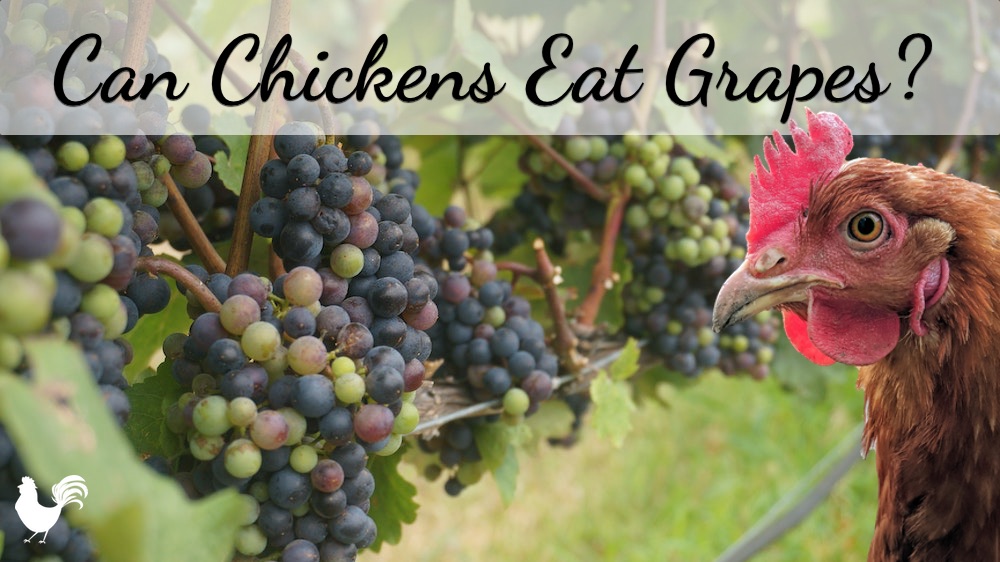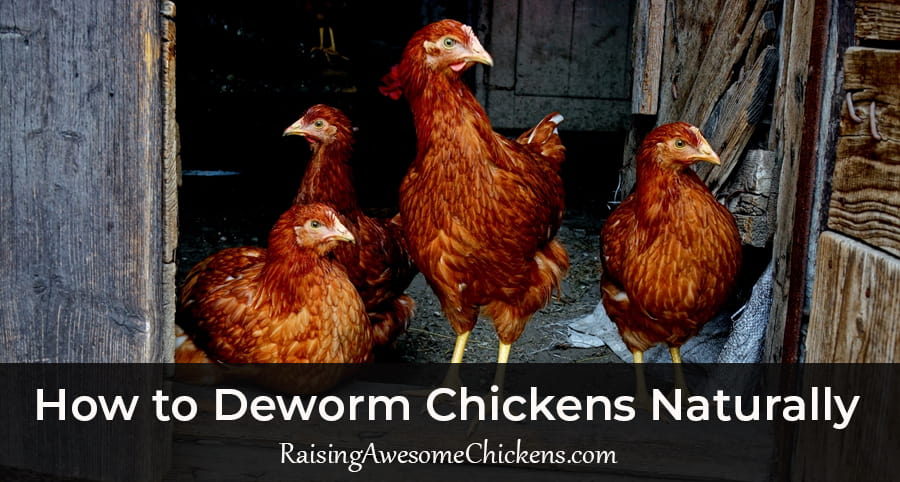Last Updated on January 21, 2024 by AwesomeChickens
Table of Contents
Introduction:
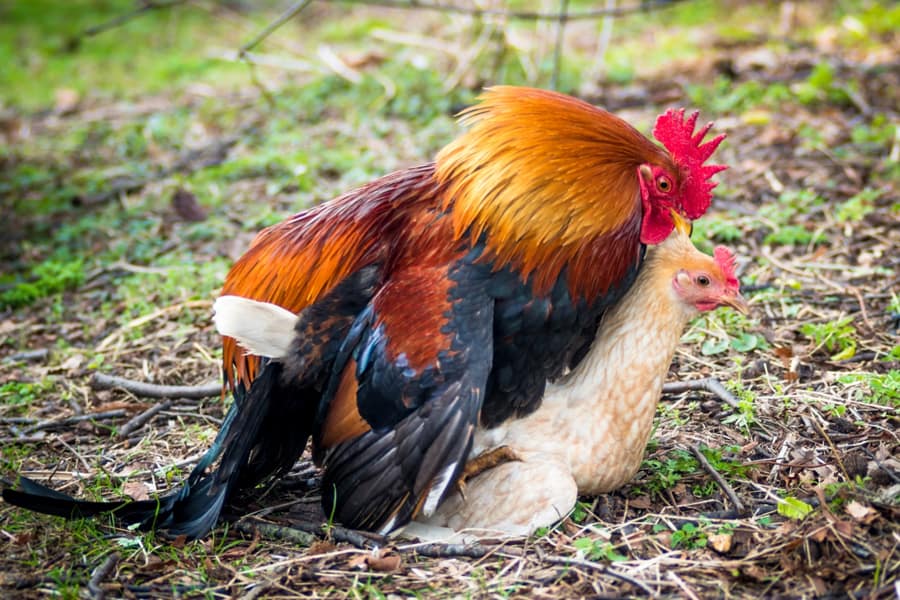
The world of poultry is fascinating and filled with intricate social dynamics. Among the most iconic figures in this avian community are roosters and hens. While these birds are often associated with farm life and the production of eggs, a curious aspect to their relationships sparks interest: do roosters and hens mate for life?
Understanding Rooster and Hen Dynamics:
Roosters and hens, like many other bird species, engage in complex social structures and behaviors. Their interactions are not solely driven by mating; they involve hierarchy, communication, and cooperation. In a typical flock, a rooster assumes the role of the leader, protecting the hens and asserting dominance over other males. Hens, on the other hand, form close-knit groups, displaying a social structure that goes beyond mere reproductive activities.
Mating Behavior:
Contrary to the popular belief that roosters and hens form monogamous pairs for life, the reality is more nuanced. Roosters are known for their polygamous tendencies, meaning they may mate with multiple hens within a flock. This behavior is rooted in their instincts to increase the chances of passing on their genetic material.
Hens, however, are not exclusive to a single mate either. While a rooster may be dominant within a flock, hens may still engage in mating with other males. This polygamous behavior is a survival strategy that ensures genetic diversity, enhancing the overall resilience of the flock.
Courtship Rituals:
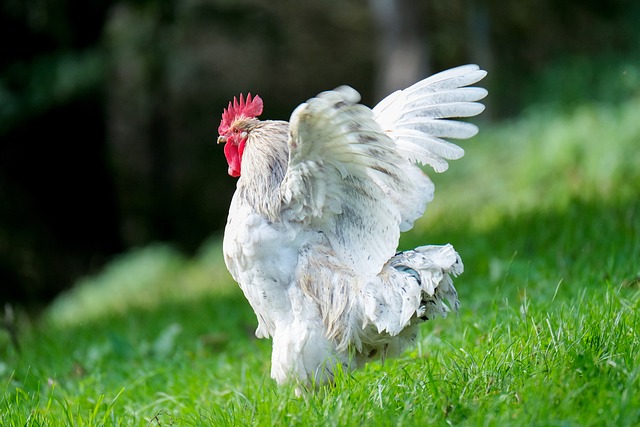
Roosters are known for their elaborate courtship rituals, which involve displays of feathers, dances, and vocalizations. These behaviors are not exclusive to a single mate but aim to attract multiple hens within the flock. The courtship rituals are crucial in signaling the rooster’s health, vigor, and suitability as a mate.
Despite the lack of exclusive monogamy, roosters form preferences for certain hens within the flock. These preferences may be influenced by age, health, and past successful mating experiences. Hens, in turn, may show receptivity to certain roosters based on these factors.
Nesting and Parental Care:
Once mating occurs, hens take on the responsibility of nesting and caring for the eggs. While not directly involved in incubation, roosters play a protective role by keeping watch over the nesting area. This cooperative effort contributes to the overall success of the flock in raising the next generation.
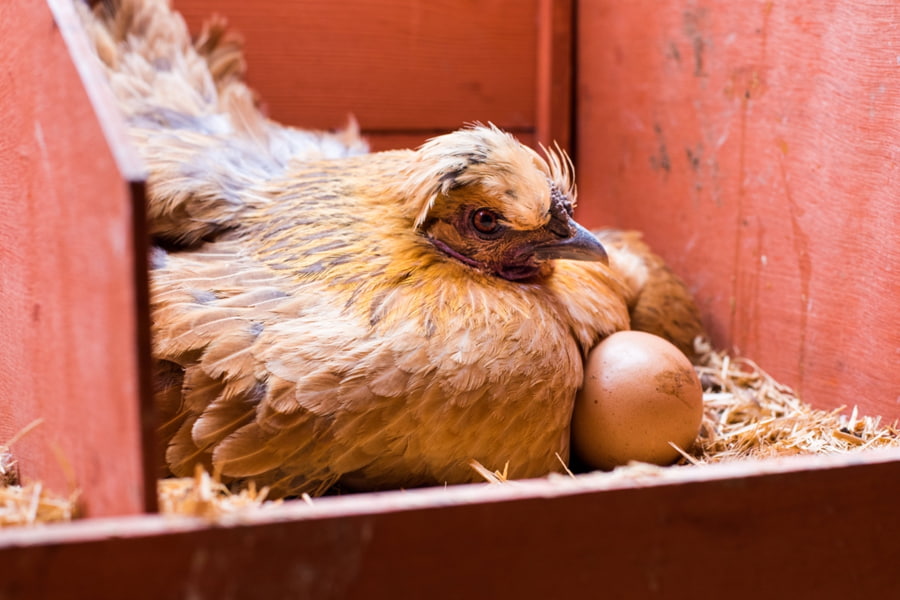
Notably, the dynamics within a domesticated flock may differ from those in the wild. Domestication can influence mating behaviors, as factors such as limited space and human interventions may impact natural patterns.
Conclusion:
In the world of roosters and hens, the notion of mating for life is a complex and multifaceted concept. While roosters and hens do engage in mating behaviors, the dynamics within a flock are far from monogamous. Polygamous tendencies, courtship rituals, and cooperative nesting efforts all shape the intricate relationships within these avian communities.
Ultimately, the behaviors observed in roosters and hens are deeply rooted in instinct to ensure their species’ survival and success. The interplay between courtship, mating, and parental care reflects the intricate balance of nature, where adaptability and genetic diversity are key to the continued existence of these fascinating birds.
To answer the question: Do roosters and hens mate for life? The answer is no.

